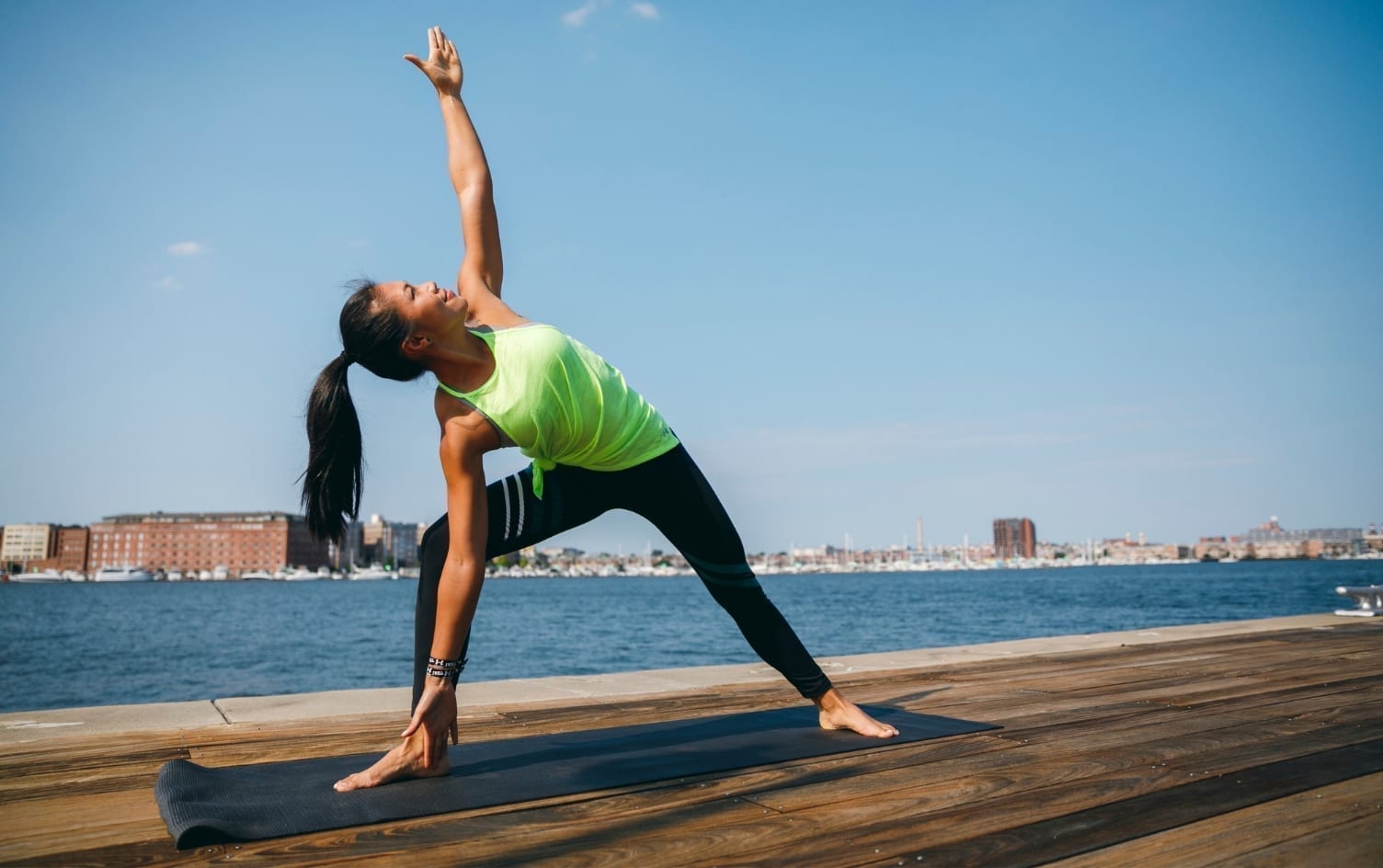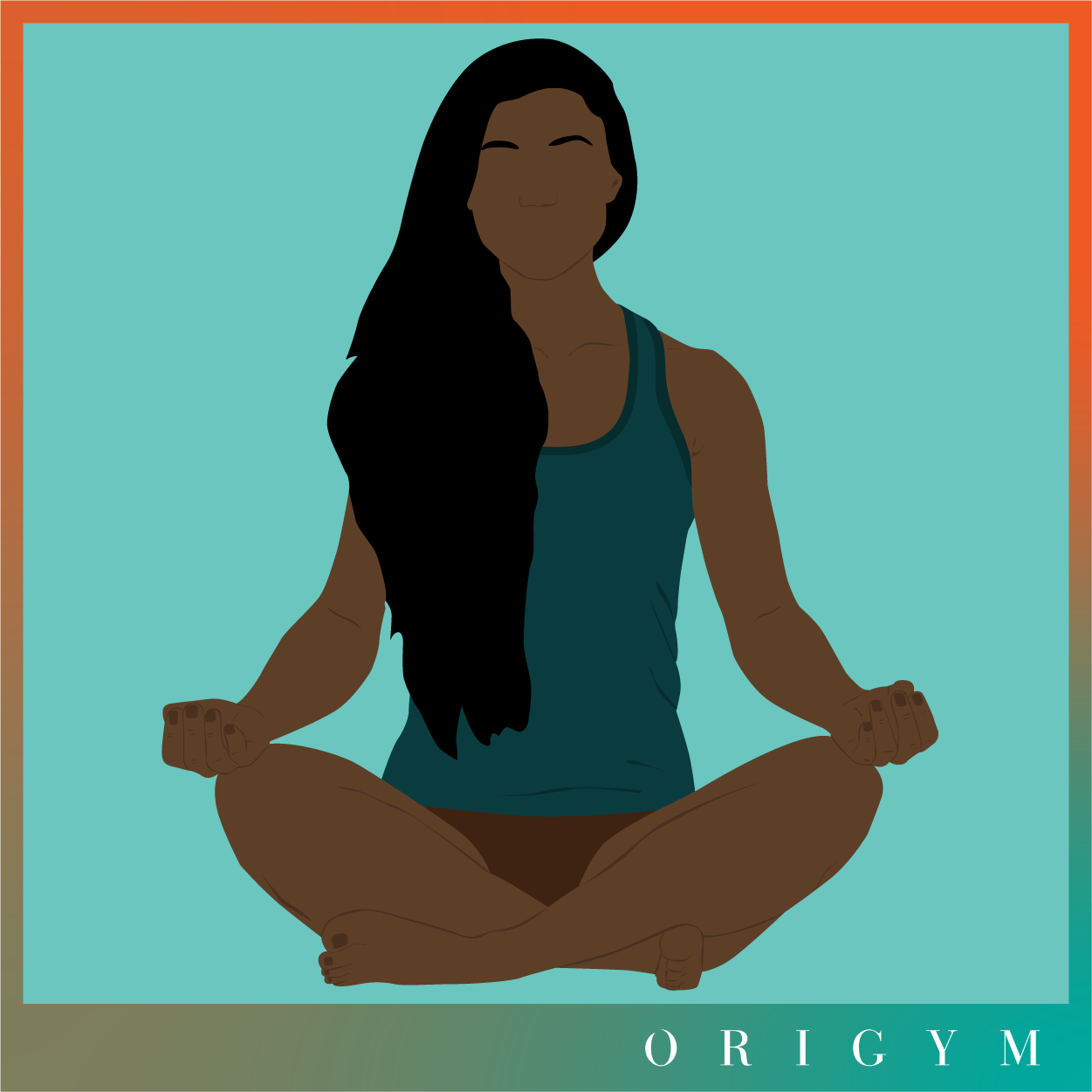
Recent studies have suggested that yoga may improve executive functions, such as memory, attention, and concentration. Yoga has many benefits for the brain. MRI scans have also shown that yoga may improve brain function. A review of 11 studies on yoga practitioners revealed significant changes to the hippocampal volumes, a brain structure crucial for learning and memory. Yoga may slow down cognitive aging.
MRI scans prove that yoga improves brain function
MRI scans prove that yoga practices improve cognitive functions, including impulse control, memory, and emotional control. In a review of 11 published studies, scientists have shown that yoga significantly increases the volume of key brain regions that are involved in thinking clearly, decision-making, and memory. It was also found that the brain volume increases with longer yoga practice. Additional research is needed in order to understand the precise mechanisms that yoga enhances brain function.

It can increase brain feel-good chemicals
A new study has found that yoga increases levels of good brain chemicals, such as serotonin (and GABA). These chemicals are responsible to our feelings of contentment and relaxation. These chemicals also influence how the brain processes rewards. These neurotransmitters can be targeted by antidepressants and anxiolytic drugs. Yoga has been shown to significantly increase this level. It has many health benefits.
It can improve pain tolerance
Recent studies have shown yoga can increase pain tolerance. The brain's insulation processes nociceptive input and autonomic integration. It also experiences subjective feelings. An increase in pain tolerance is associated with parasympathetic activation, increased awareness of pain, and greater parasympathetic activation. More research is needed to understand how yoga affects the inner cortex and how it alters pain perception. Yoga practitioners are often encouraged to adopt an emotionally detached observance of their current state.
It improves executive functions
Executive functions are critical cognitive abilities that are vital to long-term success and solving complex systemic problems. Many successful individuals credit their success to executive functions like self-control, flexibility, and creativity. But most of us only develop these skills along the way. Yoga science offers clear ways to develop higher-order cognitive abilities. This article details some of how yoga can be used to support executive function. For more information, please visit our website.
It enhances memory
Yoga for memory has the ability to improve your brain condition. Meditation can help improve memory. Additionally, you can use the vagus nervous, which controls your brain's memory centre, to aid in memory. Cognitive training, which includes memory exercises, is just one of many new techniques to improve memory. Although there are many benefits to yoga, not all of them have been confirmed to improve memory. Let's take a look at some of the benefits.

It improves emotional processing
Researchers discovered that yoga has immediate adaptive effects on cardiac activity as well as affective-cognitive process. This may help explain the association between yoga and better emotional processing. Desbordes, a Stanford University professor, claims that yoga increases levels GABA, a neurotransmitter located in the thalamus and which blocks anxiety. In addition, the brain releases other chemicals such as serotonin, norepinephrine, and dopamine that affect our mood, a key factor in anxiety.
FAQ
Do I need to warm up before doing yoga?
No. It's not necessary to warm-up before doing a yoga session.
Stretching before you go to the gym can help ease stiff muscles.
What are some of the health benefits that yoga has for you?
Yoga is an ancient practice that originated in India. It was developed by Hindu monks over many centuries to improve mental and physical health. Yoga is used by many people for stress relief and relaxation. Some people believe that they can increase their flexibility and strength through yoga.
Yoga can also improve balance and coordination. This makes it an excellent exercise for older adults who wish to remain active. It can help you avoid injuries due to falls or other causes.
Yoga strengthens your cardiovascular system, which is why it's good for your heart. If you have diabetes, high blood pressure or are overweight, this is a good option.
Yoga can also help with stress, anxiety and depression. These conditions often lead to chronic pain, so practicing yoga may be especially beneficial for those with arthritis and fibromyalgia.
Your muscles lose elasticity as you age. Yoga can keep your muscles flexible and strong. You'll find that yoga gives you more energy and stamina as you age.
According to the National Institute on Aging, regular yoga can reduce depression symptoms such as fatigue and feelings depressed. The institute also reports that yoga can help lower cholesterol levels and increase bone density.
Yoga can also help with headaches and back pain. Yoga's slow pace and gentle movements make it particularly effective for reducing muscle spasms and strains.
What are the benefits to yoga for beginners?
Yoga helps you to have better posture, flexibility, strength, breathing control, relaxation, and mental clarity. Yoga helps you to be more aware yourself, others, the world, and everything around you.
Yoga teaches you to live fully. You learn to listen to your body and mind. You learn to accept yourself as you are. You learn to accept yourself as you are.
You learn how to relax and live your best life.
Are yoga mats necessary?
Not necessarily. Many studios offer mats for students. These mats are usually made of rubber and are easy to clean.
You could also opt to buy your mat. A mat of good quality will last for several years.
What kind music is played at a yoga studio?
Many yoga studios play soft instrumental music during class. This is done to encourage learning and create a calm atmosphere.
Other studios prefer more upbeat music, such as hip-hop, jazz, rock, etc.
Pay attention to what you are listening to. Sometimes music can distract us from our practice.
How does yoga work?
Yoga is about alignment, breath control meditation, stillness and mindfulness. When practiced correctly, it creates a feeling of peace and calms within the practitioner.
Warming up is the first step in any yoga class. For example, you might start with stretches like forwarding bends (bending forward), backward bends (bending backward), twists, and side bends. These moves can loosen tight muscles and prepare your body for deeper poses.
Next, we will do the balancing pose "standing". This pose involves standing on your feet with your arms extended at your sides and looking down towards your floor. Your body should feel grounded, centered, balanced, and rooted.
The next step is to move into deep stretching positions. You will need to lay face-up on the ground and extend your spine as far as you can. You can keep your balance by holding onto something sturdy to stop you falling. You can rest your hands on the ground if you don't have something to hold onto.
After all these poses are completed, you'll be able to transition into a series or standing poses. These include the mountain, warrior, downward, upward, plank, and final poses.
When doing yoga, it's important to breathe deeply and slowly. Deep breathing will not only purify your lungs but will also calm your mind. Concentrate on your inhales, and exhales to do this. Try counting every time your take a deep breath.
You can even practice yoga while cooking. Just follow the same steps above, but sit upright instead of lying on the ground.
If you are new to yoga, try starting with just 10 minutes daily. And remember, no matter how old you are, you can always benefit from yoga.
How long should a yoga session be?
Yoga sessions last between 45 minutes- 1 hour. The length of time depends on the type of yoga you're doing. For strength-building exercises, it would be sufficient to last 45-60 minutes. You may need to spend an hour if your goal is relaxation or meditation.
The length of the class will vary depending on the type of yoga you take. Some classes are fast-paced while others focus on slow, deep stretching.
Statistics
- A 2020 review of 27 studies (1,805 total participants) of yoga interventions in children or adolescents found reductions in anxiety or depression in 70 percent of the studies, with more promising results for anxiety. (nccih.nih.gov)
- In comparison, a 125-pound person is estimated to burn 135 calories in 30 minutes of walking (at a pace of 15-minute miles) and 210 calories bicycling at a moderate pace on a stationary bike. (everydayhealth.com)
- According to calorie estimates calculated at Harvard Medical School, the average 125-pound person burns about 120 calories in a half hour of hatha yoga, and a 185-pound person burns about 178 calories in that half hour. (everydayhealth.com)
- The people in the yoga group were 37 percent more likely to have quit smoking by the end of the 8-week program. (nccih.nih.gov)
- The American Psychological Association recently shared that 84% of American adults feel the impact of prolonged stress (5). (healthline.com)
External Links
How To
Is yoga a good way to lose weight?
To answer this question you must first understand what yoga means. Yoga is an ancient form of exercise that originated in India. It was designed by Indian yoga practitioners who were seeking spiritual enlightenment and physical fitness.
Yoga focuses on stretching and strengthening muscles while simultaneously relaxing the mind and body. The aim is to achieve a state of complete relaxation where the individual is free from stress and anxiety. This can be achieved by focusing on breathing techniques or meditation.
Yoga practice involves various poses (poses) that are designed to strengthen and stretch specific muscles groups. These poses are typically held for several seconds at a time. They can also include rhythmic movements, such as slow walking or jumping or moving through mud.
The goal of yoga is not to burn calories but rather to increase one's overall energy level. As a result, most people who engage in yoga can maintain a healthy weight.
You'll feel more relaxed when you start yoga. You'll notice a change in your mood and a better night's sleep.
Your skin will glow, and you'll look younger.
Many people notice a decrease in blood pressure once they begin yoga.
Studies have also shown that yoga can reduce depression symptoms.
Yoga is not like any other form of exercise. Yoga increases oxygen flow throughout the body. This allows your brain to relax, releasing endorphins that can stimulate feelings of happiness and joy.
You should know that not all people are able to lose weight. If you're one of these people, it might be best to avoid yoga until you've reached your ideal weight.